Fascinating To See All The New Ways We’re Consuming Books.
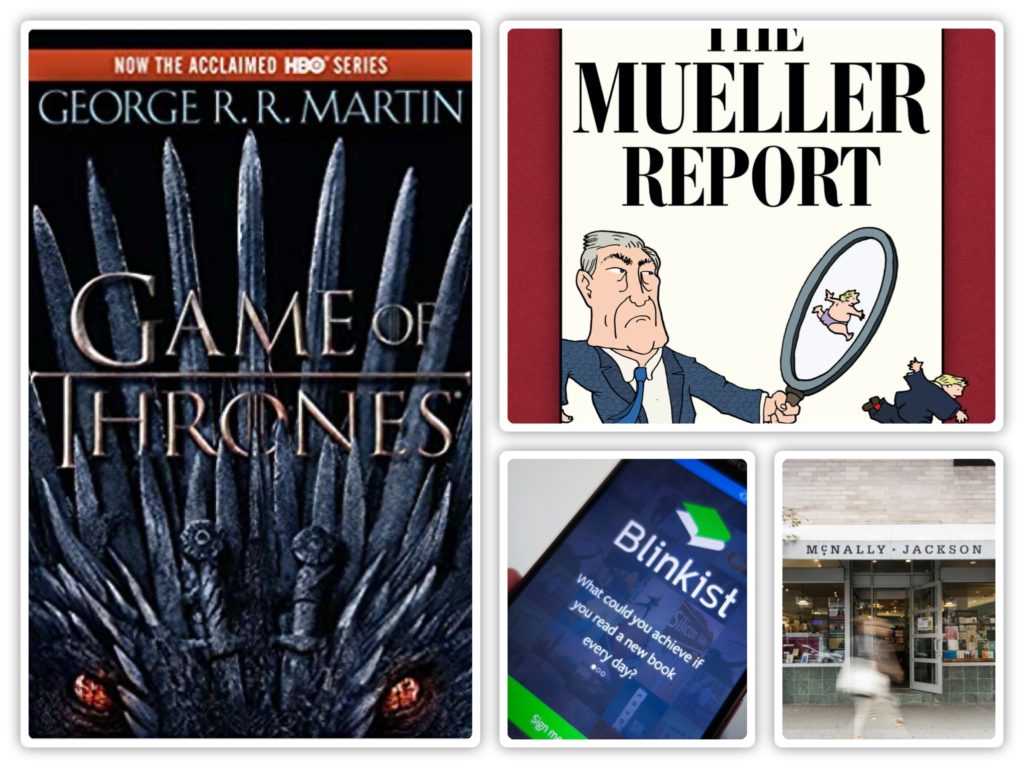
The biggest gamechanger for me has been the Blinkist app (which I’ve written about previously). Although not specifically called out in this recent WaPo article, the writer does credit technology along with streaming TV, and the surprise comeback of the indie bookstore as the main reasons for the radical transformation of the book industry and the uptick in reading.
Here’s my edited take on the WaPo piece highlighting the major changes in the industry. If you’re into publishing or work in the entertainment industry, highly recommend you read the article in its entirety. Link here.
Here are the 11 trends that have most changed how (and what) we read:
1. the indie bookstore has made a comeback as chains crumble
From a low point in 2009, the indie bookstore ranks rose by more than 50% as store owners figured out how to create connections with their communities and offer an artisanal experience that their online nemesis can’t.
Scroll down for more.
2. TV producers gorged on new novels.
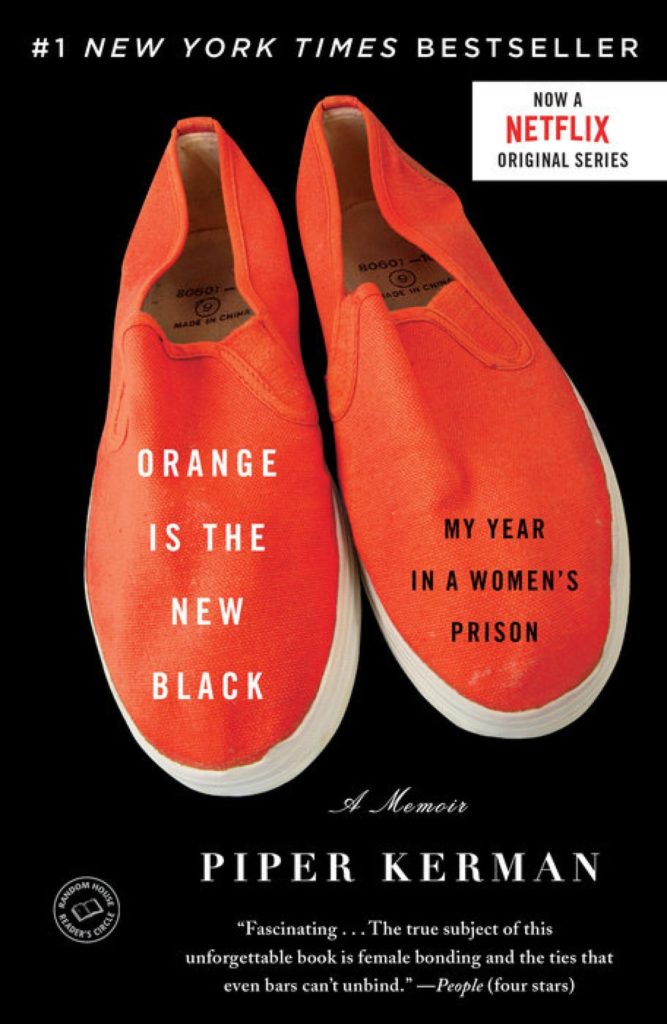
Streaming TV platforms were a gamechanger
Under the old model, authors hoped to sell rights to their novels to movie producers, but the proliferation of streaming TV platforms during this decade created major opportunities for fiction writers. “Game of Thrones,” “The Handmaid’s Tale” and “Outlander” became must-see TV for millions.
Memoirs such as Piper Kerman’s “Orange Is The New Black” and Lindy West’s “Shrill” found new life on the small screen. Science fiction and fantasy fans were rewarded with a galaxy of new series, including James S. A. Corey’s “The Expanse,” Neil Gaiman’s “American Gods” and Lev Grossman’s “The Magicians.”
This trend accelerated as the decade drew to a close, with announcements that Susan Choi’s National Book Award-winning “Trust Exercise” and Richard Flanagan’s Booker-winning “Narrow Road to the Deep North” will be made into series.
What’s most encouraging is the way these TV shows send people back to the original books, creating a virtuous circle of watching and reading.
3. Everybody started listening to audiobooks
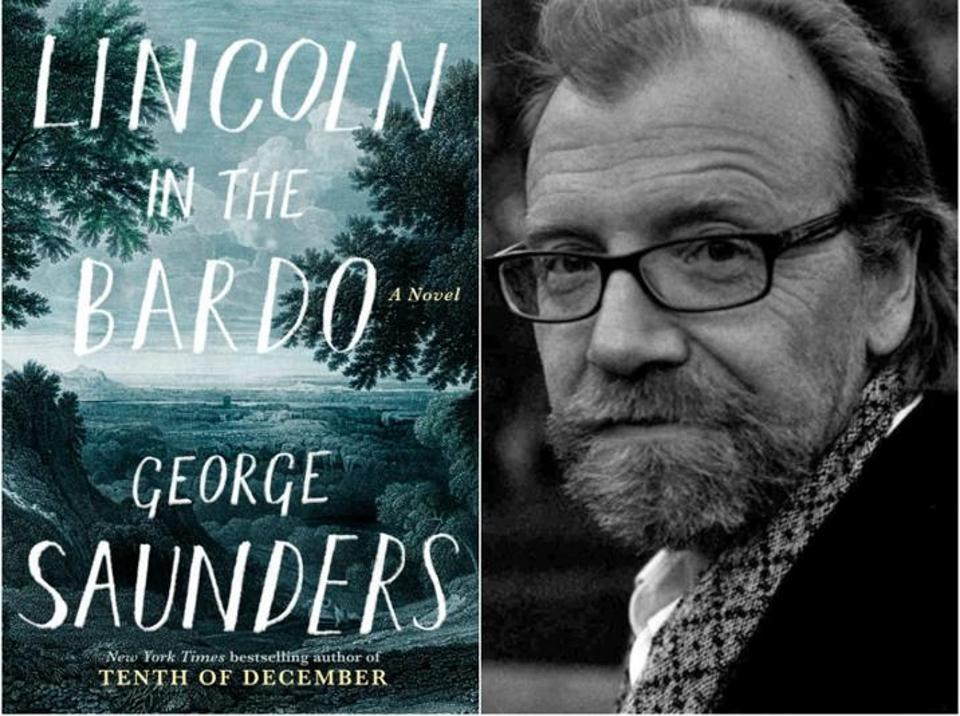
Double-digit increases every year over the past decade.
In 2019, half of Americans age 12 and older had listened to an audiobook.
Publishers are doing slick new productions that rival the golden age of radio drama. At the extreme end, the audiobook of George Saunders’s “Lincoln in the Bardo” which had a cast of 166 people, including Ben Stiller, Julianne Moore and Susan Sarandon.
4. Girls took over
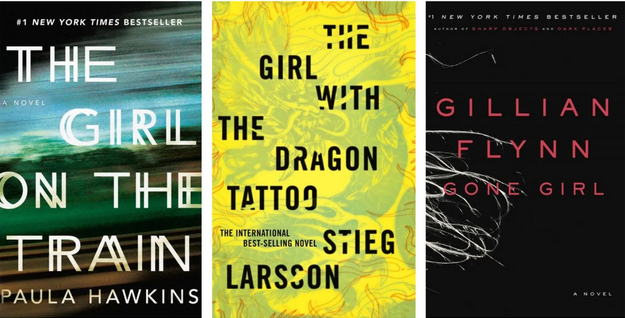
A trend that started in Sweden
In 2005 when Stieg Larsson’s first novel appeared in English, its title was changed from the author’s original “Men Who Hate Women” to the far sexier “The Girl With the Dragon Tattoo.” It was an immediate success selling over 30 million copies globally. In the United States, it sold 15 million total by June 2011. The “Girl” trend in book titles immediately took hold and strongly influenced writers and publishers.
In 2012, Gillian Flynn’s “Gone Girl” sold more than 2 million copies.
Paula Hawkins kept up the momentum with “The Girl on the Train,” which sold more than 15 million copies by 2016.
5. Graphic novels became the superheroes of publishing

Art Spiegelman’s “Maus” won a Pulitzer Prize in 1992 but still graphic novels languished
Until the 2010s when sales suddenly started to accelerate and publishers, teachers, librarians and especially Hollywood took notice. The WaPo writer doesn’t provide any insight on what triggered the newfound interest but it may have been The Walking Dead which was adapted into the AMC television series The Walking Dead in 2010.
Old stories like Harper Lee’s “To Kill a Mockingbird” became the subject of graphic adaptations, and traditional fiction and nonfiction writers such as Roxane Gay, Anthony Bourdain and Ta-Nehisi Coates were drawn to the genre.
In 2016, “March,” the third volume of U.S. Rep. John Lewis’s experience during the Civil Rights movement, became the first graphic novel to receive a National Book Award.
And now just weeks before the decade ends, the Washington Post published its first graphic novel: “The Mueller Report Illustrated.”
6. Children’s literature took sides.
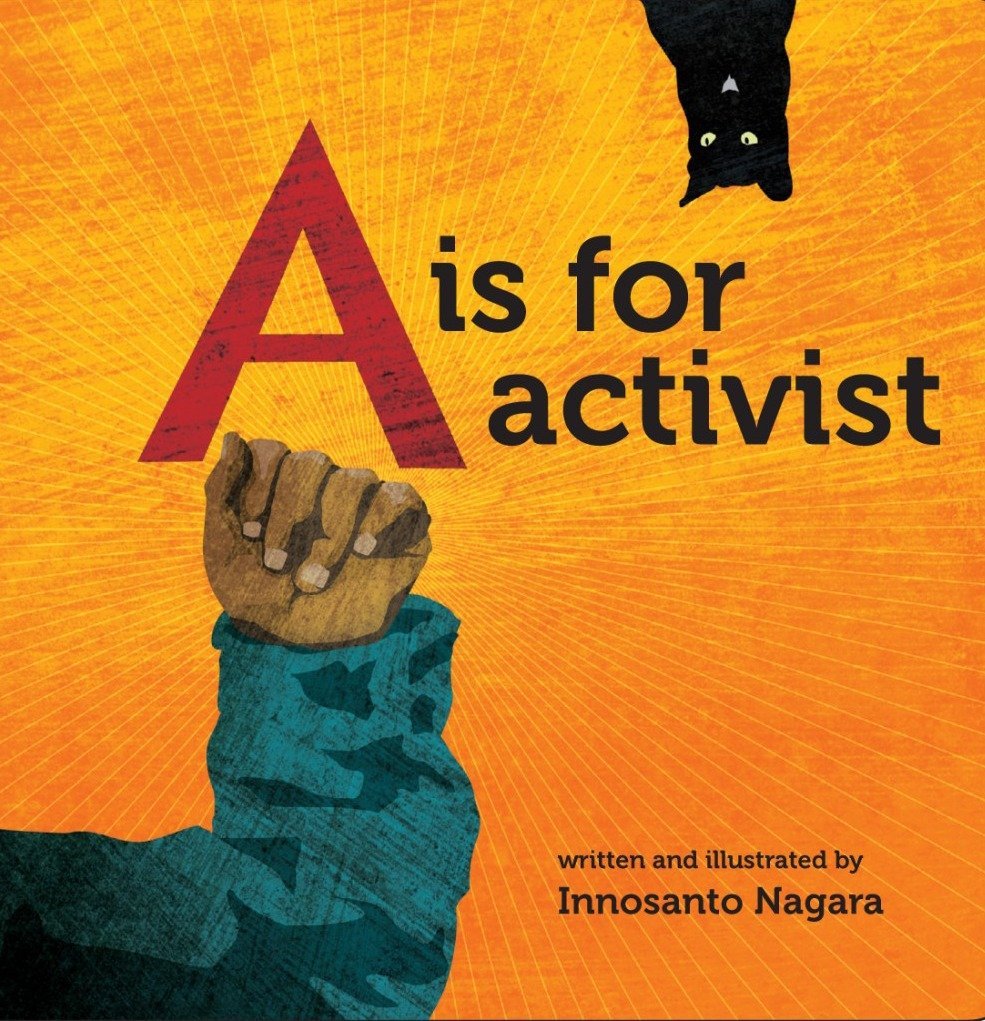
Kids books — real and faux — became the latest weapon in America’s heated political battle.
“Goodnight Trump,” based on Margaret Wise Brown’s classic, poked fun at the president.
But a different segment of these politicized children’s books had a serious intent for woke children. Innosanto Nagara published a board book called “A is for Activist.”
Books about Hillary Clinton, Ruth Bader Ginsburg and other liberal heroes started to be marketed to liberal parents.
On the other side of the aisle, Rush Limbaugh published a series of time-traveling novels that take “Rush Revere” back into patriotic moments of American history.
7. EL James brought erotica out of the backroom.
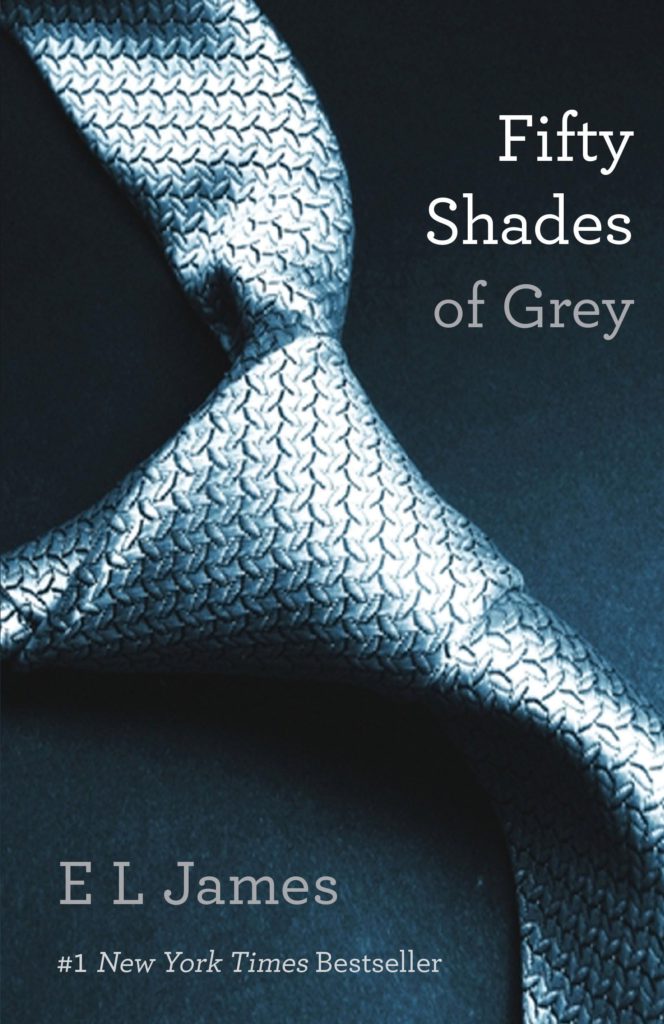
Random House made so much money from “Fifty Shades” that every single employee got a $5,000 bonus.
James sold more than 152 million copies, and her novels were the best-selling books of the decade. Seeing the enormous audience James attracted, publishers and booksellers widened the scope of their offerings to include adult categories that had long been consigned to the shadows.
8. Instant-printing finally got real
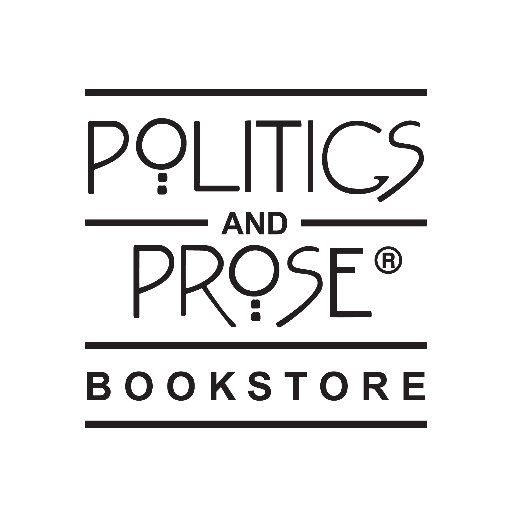
In 2011, Politics & Prose joined a growing collection of bookstores that could print paperback books on demand
Print-on-demand combined with self-publishing e-book platforms was especially significant for authors who couldn’t get — or didn’t want — a traditional publisher. Most titles sold minimal copies, but some genre writers — such as Andy Weir and Amanda Hocking — found immense success.
9. Children’s publishers finally got serious about diversity.

In 2014, less than 3% of newly published children’s books were about black people.
The hashtag #WeNeedDiverseBooks, was launched on social media and led to the creation of a nonprofit organization dedicated to increasing the representation of minorities in young people’s books.
Data released last month indicates a fourfold increase in the number of children’s books about black people and similar increases in the number of books by and about Latinos.
10. Political books became political badges
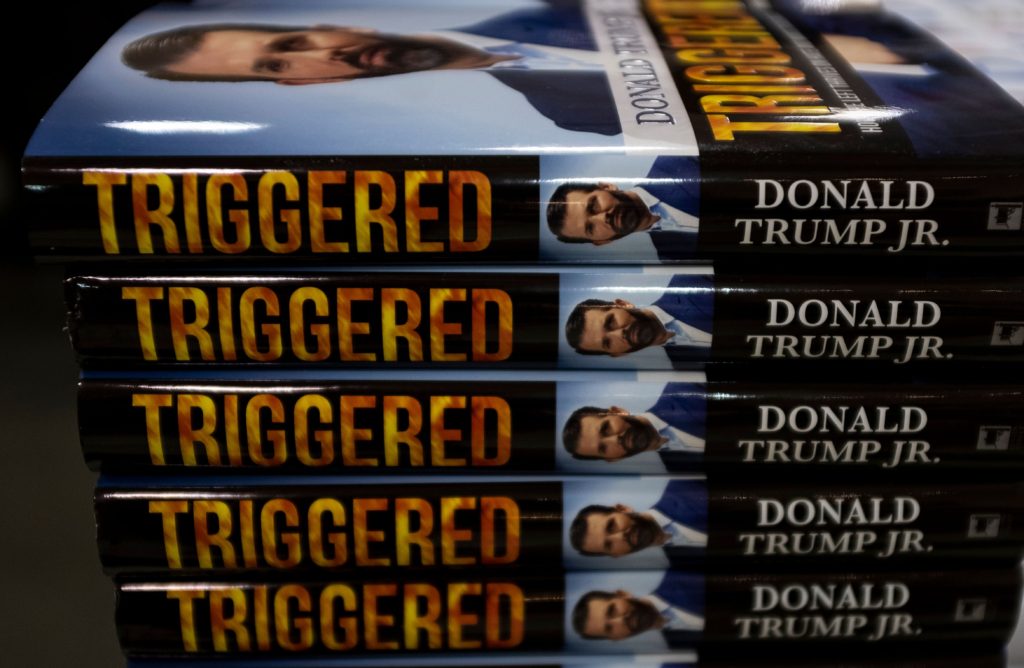
Partisanship fuels a tremendous market for political books.
During the Obama administration, conservative writers Edward Klein, Dinesh D’Souza, and David Limbaugh served up one denunciation after another.
By the time Donald Trump came into office, that marketplace, supported by cable news, was running hot on the left and the right.
The effect was to transform these tomes into pennants proclaiming one’s allegiance to one side or another.
The trend reached its zenith in the closing weeks of the decade when the Republican National Committee bought up thousands of copies of “Triggered,” by Don Trump Jr., to give away to donors.
11. Libraries and publishers clash
This past decade, millions of readers discovered the convenience of downloading e-books from public libraries.
Macmillan imposed an embargo on purchases, restricting libraries to just a single copy of each e-book during the first two months of publication — when demand for a title is typically strongest.
That action sparked widespread condemnation from librarians and a boycott against Macmillan e-books by dozens of library systems across the country. Both sides claim the other is threatening their survival.
This battle is still heating up as we head into the next decade.
Bottom Line.
My vote for best new reading trend of the year (as well as best new product) still goes to Blinkist. It’s made me once again devour books.
Since signing up for Blinkist, I’ve been reading one non-fiction book a day. Whether my friends agree or not, I’m certainly feeling smarter about everything from Brexit to AI, Nunchi (the art of reading a room!) and even making the most of serendipitous moments (thank you Bog Iger).
Today’s Blinkist read, by the way, will be Michael Pollan’s The Omnivore’s Dilemma which somebody just recommended on LinkedIn.
Which brings me back to one of the things I most love about the site. It is there for me when I run into a book that is being highly touted which happens at least once a week. I now immediately turn to Blinkist to see if they have it and if they do, it gets downloaded to my library. Within 15 minutes of learning about a new book, I’ve now often read it and am up to speed on whatever the subject might be. I might not get every nuance but I get the general thrust. And if I absolutely want to know more, the site lets me buy the book in its entirety. Brilliant!
READ ON, my friends!
